While many continued to use and love the all mechanical Nikon F2 the F3 was a departure of sorts for Nikon moving towards an electronic-based camera and a very stylish one at that. Designed by the noted industrial designer Giorgetto Giugiaro who introduced the red strip that still appears on Nikon SLRs today. This is the camera that got me back into semi-automatic manual focus photography after I received it as a gift from a photojournalist with a vast collection of lenses and the MD-4 motor drive. While heavily used, this camera has seen a lot of action in the past and continues to see it with me today. It was also the camera that I used the most while I shot some of my last rolls of Kodachrome. Another interesting fact, the sound the camera’s shutter and motor drive make are still heard today as the standard ‘camera noise’ in many commercials.
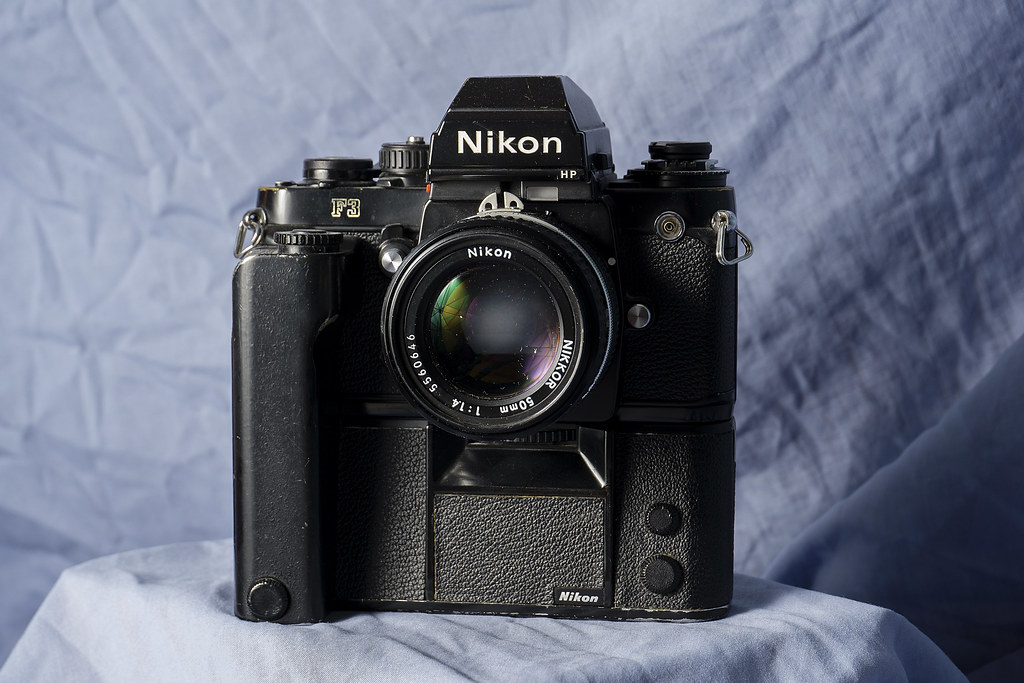
The Dirt
Make: Nikon
Model: F3
Type: Single Lens Reflex
Format: Miniature, 35mm (135)
Lens: Interchangeable, Nikon F Mount (Manual Focus)
Year of Manufacture: 1980-2000

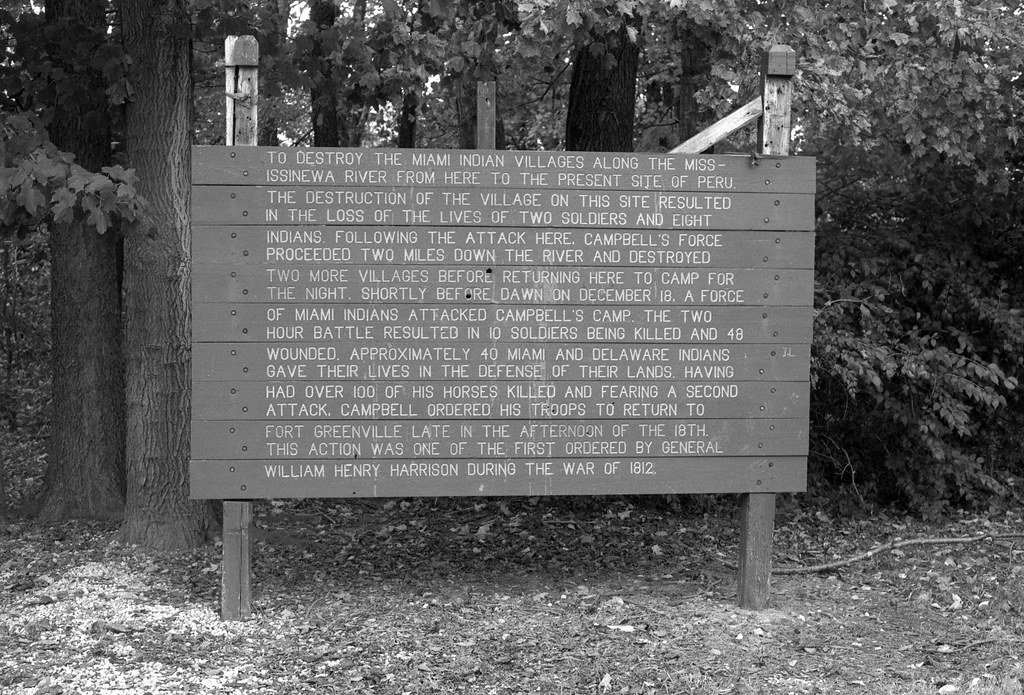
Background
The Nikon F3 marked a major shift in professional cameras out of Nikon, and the single drive behind it came from the competition. Since 1959 and the Nikon F, Nikon had set the bar, but even the F2 began to lag behind the competition. By the early 1970s, several cameras had some level of electronic automation. And in 1974 Nikon had already started looking towards the circuited future, the first camera however basically looked like an Auto-Exposure Nikon F2, a Nikon F2E or F2AE. Nikon realised that they lacked a creative internal design group and having seen some of the cameras produced by European design houses like Porche (Contax RTS), and promptly hired Giorgetto Giugiaro to design an all-new body for the new decade. The new design that arrived in 1977 saw a shift in style and function to look more like a scaled up Nikon FM/FE. The key for Nikon was the movement of the light sensor from the prism to the camera body and switching it to an 80/20 spread on the centre-weighted metering system. The movement saw a need to place a series of semi-silvered sections on the main mirror and a second mirror for highly accurate metering and allowed for near 100% coverage on the prism finder. It also allowed for all the finders to take advantage of the TTL metering, even the waist-level finder. Nikon gave the F3 little fanfare on its 1980 release and saw immediate pushback as many did not like the fact that camera needed to use batteries to function fully. But even Nikon thought of that and provided the MD-4 motor drive that could not only power itself and its blistering four frames-per-second burst mode but also the F3. The original finder proved difficult for those wearing glasses so in 1983 Nikon released the DE-3 or “High-Point” finder which turned out to be the favourite among all who used the Nikon F3. Like the F and F2, the F3 proved to have a great deal of modification with a wide range of prism and other finders the MD-4 drive, focusing screens and yes even a 250-shot magazine that worked seamlessly with the MD-4. Nikon produced several special editions including the Titanium framed F3/T which formed the base for the F3P for press photographers that including a standard hot-shoe a back that kept the film tail from feeding back in during power-rewind, and weather sealing, although it lost the self-timer and eye-finder shade. An F3H used a special pellicle mirror and MD-4H to increase the burst mode to a blistering 12 frames-per-second. But Nikon did not stop there; a specially modified F3 saw use in filming the minecart chase in Indiana Jones and the Temple of Doom both NASA and the US Military used modified F3 cameras. Nikon used the F3 to trial their first Auto-Focus system and even a prototype Digital SLR. By the time production ceased in 2000 the F3 had continued production through two additional successor cameras and became an icon in its own right.


Impressions
The design and layout of the F3 set itself apart from the F2 and F, and the design cues from Giugiaro to create a camera not only pleasing to the eye but functional as well perhaps is what turned Nikon back into a competitor in the professional market. They took the F2 and threw it out the window; the camera is sleek, well designed, and functional. Everything is perfectly laid out, the shutter speed dial is big and handles easily, even when you have to unlock the camera from the “A” mode so that you accidentally move it off the semi-auto mode works well because it’s a movement that you need to think about first. Thankfully the camera I have is the one with the High-Point (DE-3) finder and as someone who has worn glasses since grade-five having a finder that is specifically designed is perfect and it does work, compared to the standard finder. Even with or without the MD-4 the camera handles well and balances nicely although I do prefer the MD-4 drive to be on the camera always even with shorter lenses, the balance is perfect. And using the various focusing screens, the best ones are those with the split screen and gridded. However, the small LCD screen inside the finder and the light certainly drawbacks as they often suffer from bleed or too dim to even make a difference, that is if the little red button works.
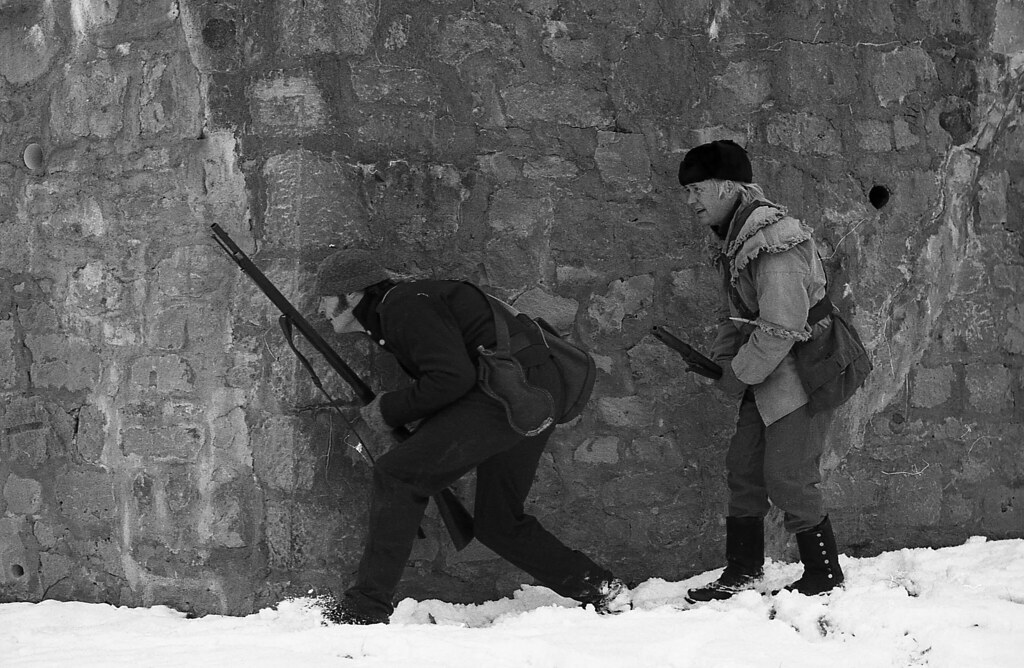

Experiences
The F3 screams to be used. The balance feel and function are pretty much perfect. And while the MD-4 adds a certain amount of weight because the balance of the camera there is little trouble carrying it for a long time. Without the drive and using the manual film advance is short and allows for quick function. But in the field and need that burst mode the MD-4 adds a certain help. Plus combining the two gives you that iconic ‘camera sound’ you still hear today. For many years the F3 was a constant companion that even went onto serve in my some of my first photo projects. If you get a chance to use one, I highly recommend it.
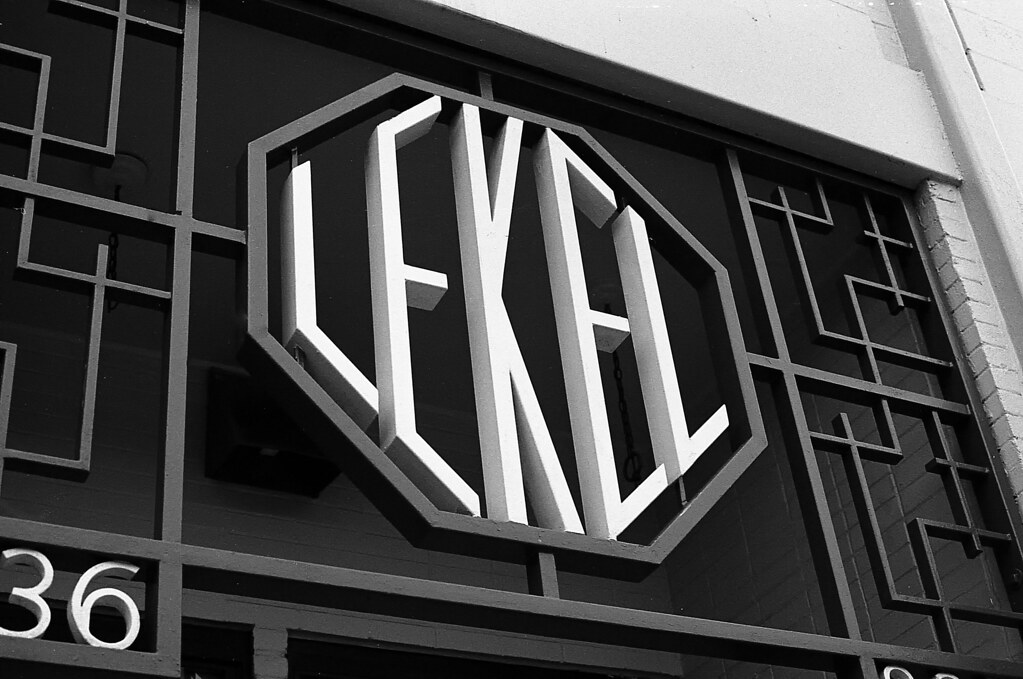

Optics
What makes the F3 stand out is the lens compatibility, and while it is designed to work with the new AI-S lenses, it worked seamlessly with AI and even Non-AI lenses (by flipping up a tab), and that is with metering. So you have easy access to what I see as some of the best manual focus lenses, including some cult lenses. Not to mention you have access to plenty of non-Nikon lenses including Carl Zeiss glass. To get started the AI-S Nikkor 28/2.8, AI-S Nikkor 50/1.8 (or 1.4) and the AI)S Nikkor 105/2.5 will give top performance to your F3 kit. Not to mention you can easily use your AF lenses as manual focus lenses as long as they have the aperture ring they will work perfectly giving you yet another group of glass to use on the camera.
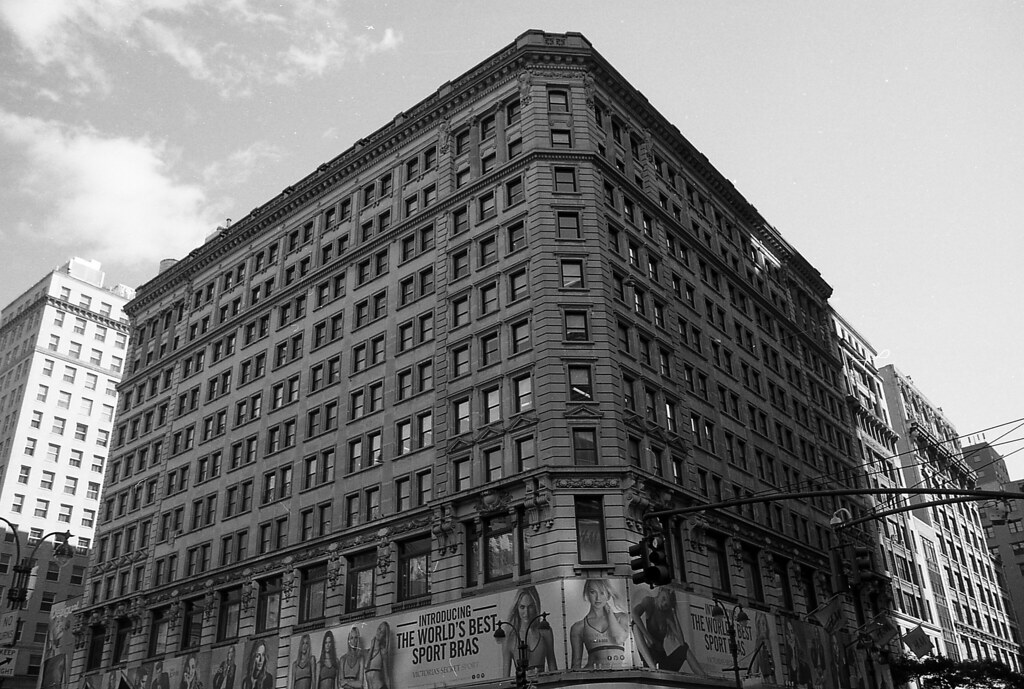

Lowdown
If you’re looking for a professional camera to build a Nikon manual focus kit around than the F3 is the camera that you should get. And while I have since replaced mine with a Nikon FA (which I honestly do not regret). However, the F3 did spend its career as a professional camera, so make sure that the body you get is in decent functioning condition. Thankfully they can be repaired still today, and you can get ones that are only a couple decades old as production only ceased in 2000, which means there are still plenty of spare parts hanging around. You can probably pick up a body for around 200 (USD) on the used market in decent condition.
Further Reading
Don’t just take my word on the Nikon F3, you can check out the reviews by other awesome camera reviewers!
Mike Eckmann – Nikon F3 (1980) Review
– Emulsive – Satisfying a 37-year dream…My First Nikon F3
– Down the Road – Nikon F3HP Review
– Casual Photophile – Nikon F3 Review
1 Comment